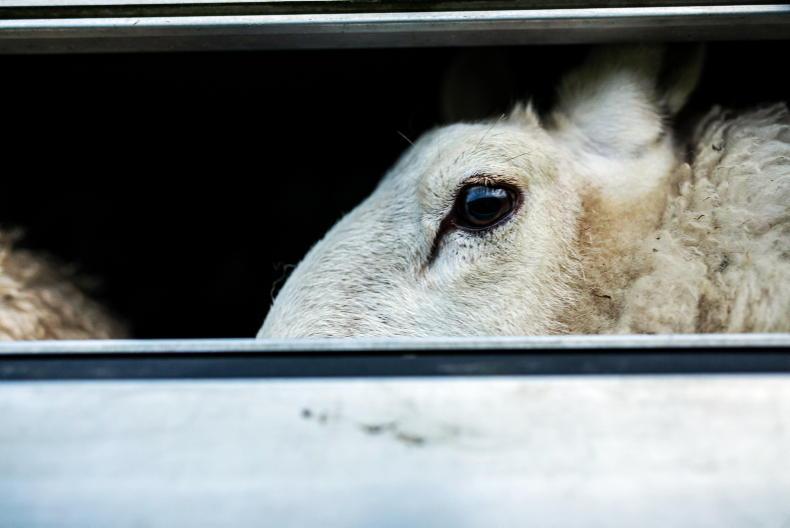In 2016, Scottish beef factories killed just over 471,000 cattle, producing 172,000 tonnes of beef with an estimated value of £643m, according to QMS figures. A quarter of these sales were at home in Scotland, and a further 68% of sales were to England and Wales, leaving just 7% of sales for the export market.
At first glance, that suggests that export sales aren’t all that important for the Scottish beef industry. However, it is important to recognise that this 7% of sales aren’t entire cattle – they are in fact likely to be a small component part of several animals, perhaps most of the national kill.
It also should be noted that the export market is disproportionately important for offal, accounting for 16% of total sales and valued at £6.5m in 2016 by QMS.
The report for the 2016 market for beef from Scotland is likely to change in the years ahead, although the home market along with the rest of the UK will continue to be the main outlet.
Just this week, the trade deal with Canada came into effect provisionally, meaning that Scotland can now export beef to Canada tariff-free, as opposed to paying 26% before the deal came into effect.
It is, however, likely to still be a limited market based on the experience of Ireland in dealing with Canada’s near neighbour, the US, after Ireland secured approval in 2015 and with access to a tariff-free quota. Notwithstanding that, the positive manner in which Scotch beef was received at the SIAL Toronto trade show in May suggests that some business can be done.
The other market recently opened to UK beef exporters is the Philippines. Again, looking at the Irish experience, this is a market with real growth potential, even though Scotland will be starting from zero. In the first six months of this year, Ireland exported 10,639 tonnes compared with 4.312 tonnes in the first six months of 2016. The rapid growth of this market has been a huge benefit to the market for lower value manufacturing beef, particularly the high fat content trims and flanks market.
It is a growing red meat market for this lower value type of product and it is reasonable that in the coming months, once the details for exports to the Philippines are finalised, it will be a useful outlet for Scottish beef exporters as well.










SHARING OPTIONS